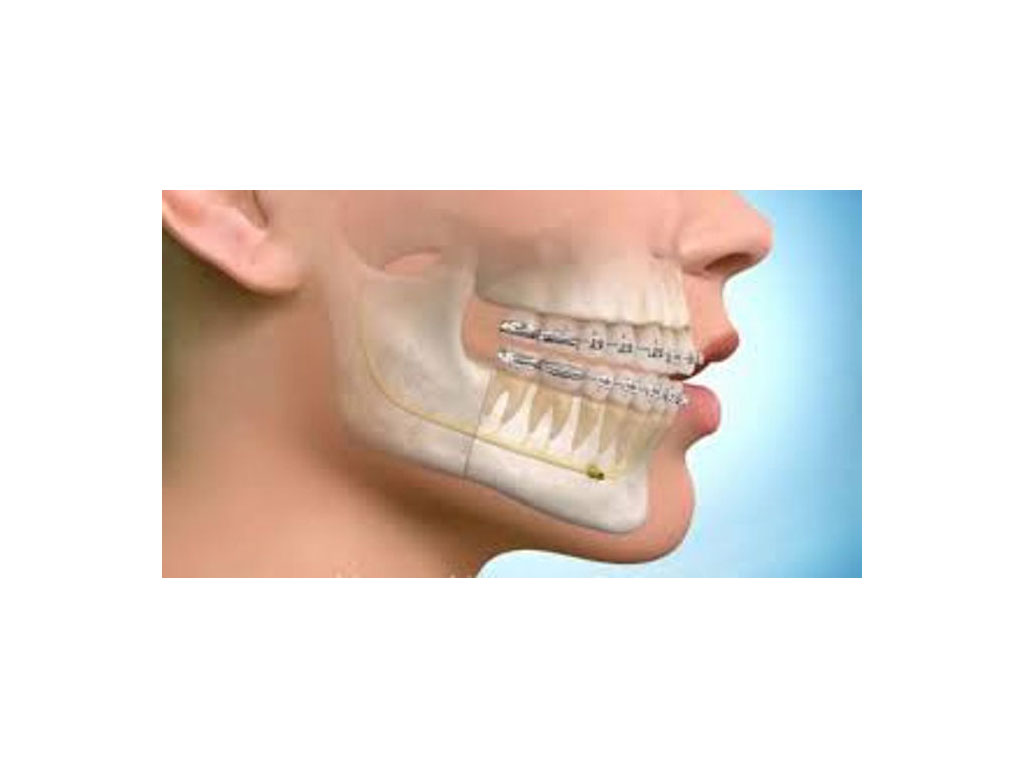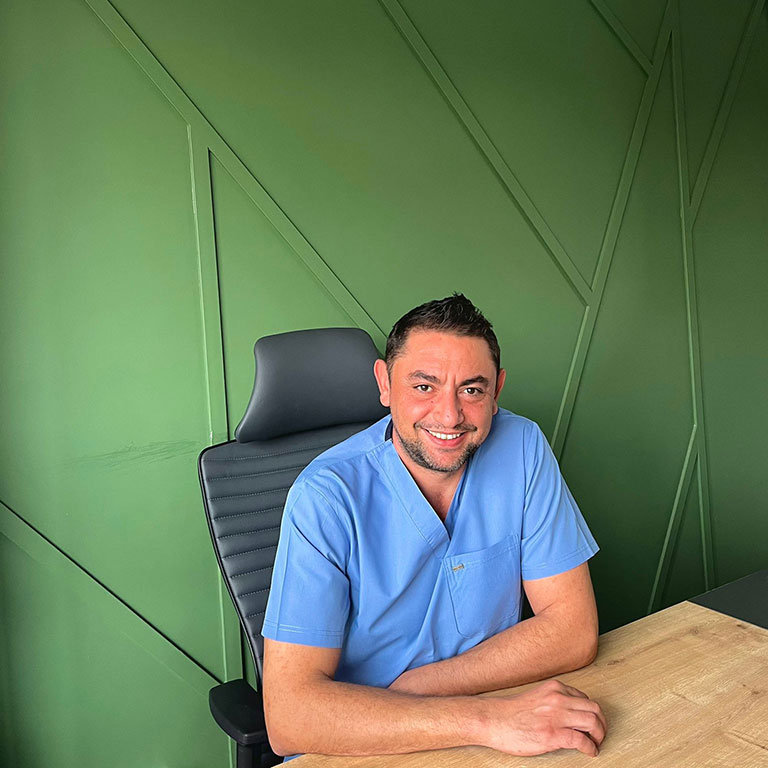

Orthodontics

Orthodontics is a branch of dentistry that aims to prevent dental and maxillofacial irregularities, stops the progression of any existing ones, and focuses on treating them by creating better aesthetics and function (chewing, phonation, etc.).
What are the causes of orthodontic irregularities?
- Genetic factors
- Birth defects (cleft lip-palate, etc.)
- Disorders (mouth breathing, etc.)
- Harmful habits (thumb sucking, long pacifier use, etc.)
- Early loss of milk teeth
- Trauma
Why should orthodontic irregularities be treated?
Regular teeth,
- It helps with effective biting, chewing and phonation.
- Contributes to healthy teeth and gums.
- It reduces susceptibility to gum diseases and caries.
- Various malfunctions (joint problems, etc.)
Following the treatment of dental irregularities, the function and appearance of these teeth are improved and an aesthetic appearance is achieved.
When should an orthodontic examination be performed?
Sometimes an orthodontic examination at the age of 5-6 may be useful. Orthodontic treatment is not performed at this age, but some precautions can be taken. These are described as preventive and preemptive orthodontic treatments.
HOW IS ORTHODONTICS TREATMENT APPLIED?
Orthodontic treatment is divided into two as fixed and removable treatment, depending on the method of application:
Fixed Orthodontic Treatment: As the name suggests, it is a form of orthodontic treatment in which fixed appliances that the patient cannot remove are used. A corrugated metal called a bracket (porcelain brackets are also used today) is glued onto the teeth. A wire passes through this groove.
Removable Orthodontic Treatment: Appliances that the patient can put on and remove herself are used.
Movement therapy is mostly applied to children between the ages of 6-12.
In some cases, both types of treatment may need to be applied.
HOW DOES ORTHODONTIC TREATMENT EFFECT?
Development can be directed, increased or decreased by applying force to the jawbone during the development period. Likewise, by applying force to the teeth, their locations and positions can be changed. Fixed and mobile appliances used during orthodontic treatment act by applying force to the teeth and jaw bones.
HOW LONG DOES ORTHODONTIC TREATMENT TAKE?
The duration of orthodontic treatment depends on many factors. However, the most important factor affecting the duration is the severity of the orthodontic problem. Compared to other treatments applied in dentistry, orthodontic treatment covers a long process. Therefore, in order to complete the treatment as soon as possible, you should heed your orthodontist's warnings and not miss your appointments.








